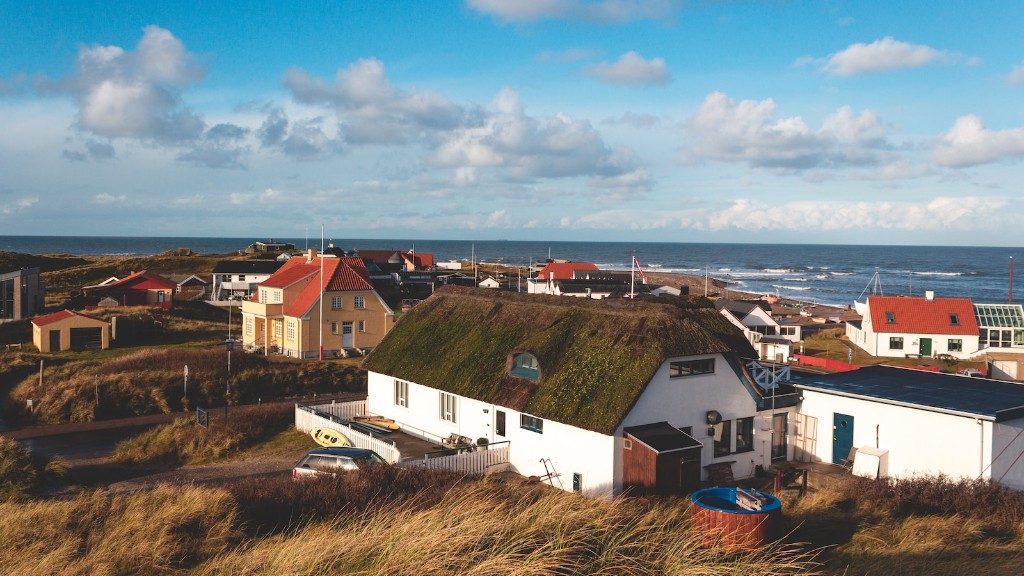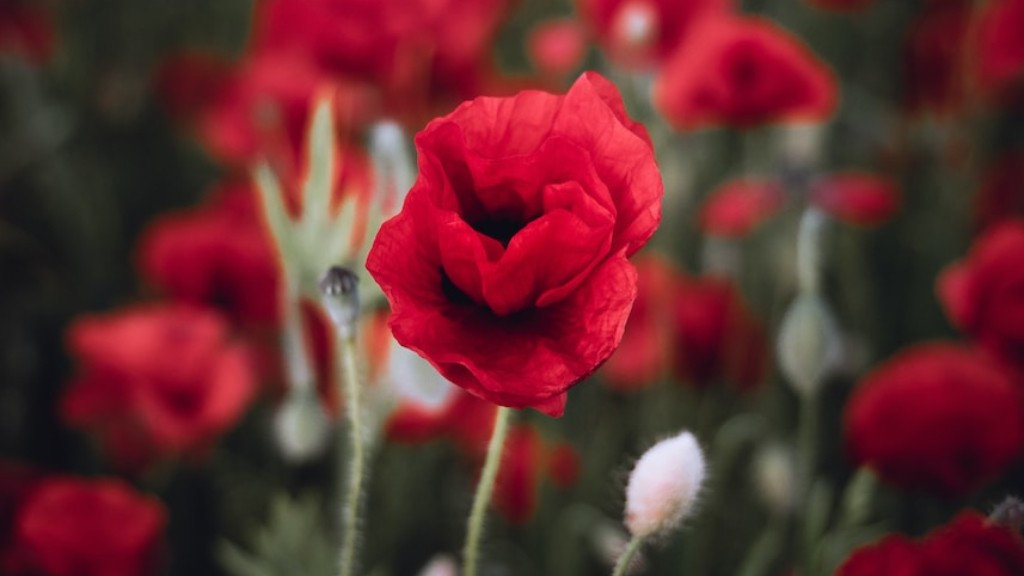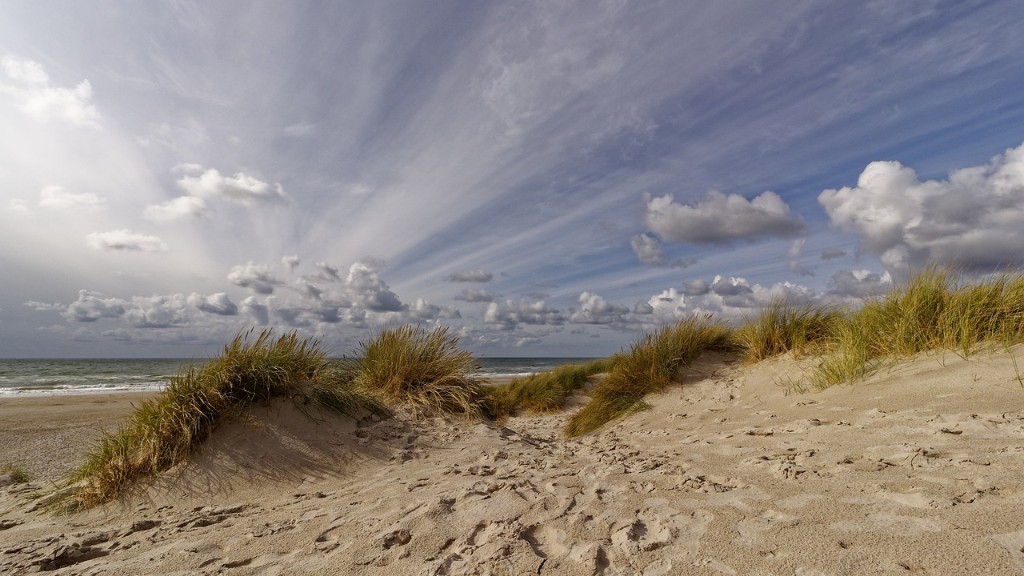Rosenborg Castle: A Majestic Landmark in Copenhagen
Rosenborg Castle, located at Øster Voldgade 4A, 1350 København, Denmark, is a remarkable historical landmark that offers a glimpse into the rich history of Danish royalty. Built in the early 17th century by King Christian IV, this stunning castle serves as a showcase for the opulence and grandeur of the era. With its exquisite architectural features, vast collection of royal artifacts, and picturesque surroundings, Rosenborg Castle is a must-visit destination for history enthusiasts and architecture lovers.
Constructed in Dutch Renaissance style, Rosenborg Castle stands as a testament to the architectural brilliance of the period. Its facade is adorned with intricate decorations, including ornate spires, delicate cornices, and majestic statues. The castle’s distinctive copper roof, with its verdigris patina, adds a touch of elegance and uniqueness to the building. As visitors step through the castle gates, they are transported back in time to an era of royal extravagance and power.
Inside the castle, visitors have the opportunity to explore the numerous rooms that are filled with an impressive collection of royal artifacts. The castle houses the Danish crown jewels, including the magnificent Crown of Christian IV, adorned with precious gemstones and intricate goldwork. The crown is displayed alongside other regal treasures, such as jeweled royal swords, ceremonial robes, and ancient tapestries, providing a comprehensive insight into the opulent lifestyle of Danish royalty.
Perspectives from experts shed light on the significance of Rosenborg Castle in Danish history. Renowned historian Dr. Karen Jensen explains, “Rosenborg Castle stands as a symbol of the absolute monarchy that characterized Denmark during the reign of Christian IV. The lavish display of wealth and power within the castle reflects the aspirations and ambitions of the Danish crown at the time.”
Beyond its architectural and historical significance, Rosenborg Castle is also praised for its picturesque surroundings. The castle is surrounded by meticulously maintained gardens that offer a tranquil oasis in the heart of the bustling city. Visitors can take leisurely strolls through the sprawling lawns, admire the vibrant flower beds, and pause by the serene lakes. The gardens provide an ideal setting for picnics, outdoor concerts, and even weddings, adding to the castle’s allure.
My personal visit to Rosenborg Castle left me awe-struck by its grandeur and historical charm. As I walked through the halls, I couldn’t help but imagine the kings and queens who once resided within these walls. The attention to detail in the castle’s architecture and the intricate craftsmanship of the royal artifacts were truly remarkable. The experience was further enhanced by the beautiful gardens surrounding the castle, which allowed me to escape from the hustle and bustle of the city and immerse myself in the tranquility of nature.
Rosenborg Castle’s Role in Danish Monarchy
Rosenborg Castle played a crucial role in Danish monarchy, serving as a royal residence for several generations of Danish kings and queens. The castle served not only as a luxurious palace but also as a center for royal activities and ceremonies. The opulent banquet hall, adorned with elaborate tapestries and gilded decorations, frequently hosted grand feasts and royal celebrations. The castle’s throne room served as a venue for important state ceremonies and official audiences.
Housing the crown jewels, Rosenborg Castle was a symbol of power and authority. The crown jewels were securely kept in the castle’s treasury, ensuring their safety and reflecting the kingdom’s strength. The castle’s central location within Copenhagen further emphasized its significance as a symbol of monarchy, visible to all citizens and visitors alike.
Despite its royal associations, Rosenborg Castle is not merely a relic of the past. The castle continues to be a venue for cultural events, temporary exhibitions, and educational programs. Its expansive grounds provide a space for outdoor activities, picnics, and leisurely walks, attracting both locals and tourists throughout the year. Rosenborg Castle is a living testament to Danish history and a vibrant cultural hub for the present.
Rosenborg Castle’s Architecture: A Marvel of Dutch Renaissance
The architectural style of Rosenborg Castle is a striking example of Dutch Renaissance design, characterized by its ornamental details and symmetrical composition. The castle’s facade combines elements of Gothic and Renaissance architecture, with prominent gables and intricate decorative motifs. The use of red brick in the construction, a popular characteristic of Dutch Renaissance architecture, adds warmth and richness to the overall appearance of the castle.
One of the most distinctive features of Rosenborg Castle’s architecture is its copper roof. The roof, which has developed a greenish patina over centuries, creates a picturesque contrast against the red brick walls. The patina is not only aesthetically pleasing but also serves as a protective layer, preventing corrosion of the copper. This unique feature adds to the castle’s charm and makes it instantly recognizable.
The interior of Rosenborg Castle is no less impressive in terms of architectural craftsmanship. The castle’s rooms are adorned with intricate woodwork, beautiful frescoes, and intricately designed ceilings. The Great Hall, with its soaring ceiling and magnificent chandeliers, is a testament to the opulence and grandeur of the era. Each room within the castle showcases the meticulous attention to detail and skilled craftsmanship that went into its construction.
Exploring Rosenborg Castle’s Gardens: A Serene Retreat
The gardens surrounding Rosenborg Castle offer a tranquil escape from the bustling city and provide a serene retreat for visitors. The meticulously manicured lawns, vibrant flower beds, and peaceful lakes create a harmonious and picturesque ambiance.
As I wandered through the gardens, I couldn’t help but be enchanted by the sight of blooming flowers in all shades and hues. The beautifully laid-out flower beds display a variety of plant species, creating a stunning visual feast. The fragrance of the flowers fills the air, transporting visitors to a world of natural beauty and serenity.
The expansive lawns provide ample space for picnics, outdoor games, and leisurely walks. Families gather under the shade of ancient trees, children run freely on the grass, and couples find secluded nooks for peaceful moments of togetherness. There is an undeniable sense of peace and tranquility that envelops the gardens, making it an ideal setting for relaxation and contemplation.
The lakes within the gardens add to the overall allure of Rosenborg Castle. Reflecting the lush greenery and the castle’s picturesque facade, the calm waters create a sense of harmony and balance. The lakes are home to numerous waterfowl, adding an element of nature’s beauty to the surroundings. Visitors can sit by the lakeside and enjoy the soothing sounds of the flowing water, creating a truly immersive experience in nature.
Rosenborg Castle Today: A Cultural Hub for All
Today, Rosenborg Castle is not only a historical landmark but also a vibrant cultural hub that offers a wide range of experiences for all visitors. Besides exploring the castle and its treasure trove of royal artifacts, visitors can also enjoy temporary exhibitions that provide deeper insights into Danish history and culture.
The castle’s expansive grounds are frequently used for outdoor cultural events and concerts, attracting both locals and tourists. The scenic surroundings create a magical ambiance for performances, enhancing the overall experience for attendees. From classical music concerts to contemporary art exhibitions, there is always something exciting happening at Rosenborg Castle.
For those seeking a deeper understanding of Danish history, Rosenborg Castle offers educational programs and guided tours. Knowledgeable guides provide fascinating anecdotes and historical context, bringing the castle’s history to life. These programs cater to both adults and children, making it an excellent destination for families and school groups.
In conclusion, Rosenborg Castle stands as a testament to the rich history, architectural brilliance, and cultural significance of Denmark. From its opulent interior to its picturesque gardens, the castle offers a unique window into the world of Danish royalty. Whether you are drawn to history, architecture, or simply seeking a serene retreat, a visit to Rosenborg Castle is an unforgettable experience that truly captures the essence of Danish culture.





